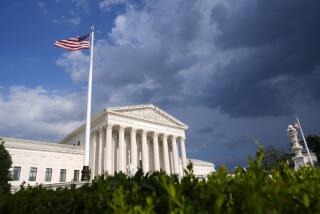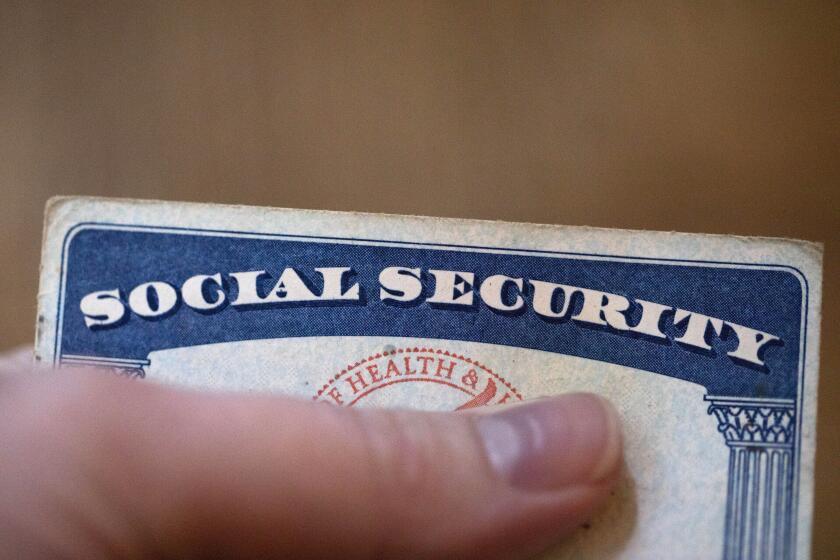How racism underlies voter ID laws: the academics weigh in

RNC Chairman Reince Priebus: can his candidates win without keeping minority voters from the polls?
Are voting laws requiring photo IDs inherently racially discriminatory, as Supreme Court Justice Ruth Bader Ginsburg maintained in her blistering dissent Saturday morning?
A team of politician scientists from Appalachian State, Texas Tech and the University of Florida took on that question for an article just published in Political Research Quarterly (h/t: Justin Levitt). Their conclusion is that the claims of proponents that they’re just upholding the principle of ballot integrity can be discounted; the photo ID laws aim to disenfranchise Democratic voters; they cite findings that the raised cost of voting imposed by photo ID requires “falls overwhelmingly on minorities.” In other words, the answer is yes.
The researchers are William D. Hicks of Appalachian, Seth C. McKee of Texas Tech, and Mitchell D. Sellers and Daniel A. Smith of Florida. They observe that voter ID laws in general and photo ID laws specifically surged in 2006 and later, when the electorate became highly polarized.
In 2000, four states--Arkansas, Georgia, Michigan and North Dakota--had enacted ID laws, none of them photo-based; they aimed to clarify voting rules, part of a trend that led to the Help America Vote Act, which was passed by a bipartisan vote in Congress in 2002. At the time, the idea of straightening out confusing differences in voting rules was noncontroversial: “why would any member of Congress oppose helping Americans vote?” the authors ask.
The atmosphere soon changed. In 2001, only 14 states required identification to vote, of which only four specified photo IDs; by 2014, 34 states had ID laws, including 17 photo ID laws. In 2011 alone, six states added a photo ID requirement.
What happened? The GOP, they say, recognized that its homogeneous white, male, older and Southern electoral base was competing against “a racially and ethnically diverse, younger, secular, liberal, and Northern-based Democratic Party.” Moreover, the demographic changes bringing more Latinos, African Americans, and Asians into the voting population were working strongly against the GOP and strengthening the Democratic coalition.
The GOP could have evolved to meet these voters on their turf, but chose not to. “Rather than altering issue positions as a means to attract new supporters, the GOP has turned to restrictive voter ID laws to disproportionately deter the participation of current Democratic Party supporters,” the researchers write.
In other words, appealing to a racial coalition was beyond the GOP’s capacity, so the party chose instead to disenfranchise the members of that coalition.
The researchers acknowledge that playing with voter turnout is traditional electoral strategy in both parties. But that doesn’t make suppression equivalent to getting out the vote. Voting is a constitutional right, and artificially restricting it is unconstitutional (as some federal judges have ruled).
To vote-suppressors in the Republican Party, photo ID laws are preferable to other restrictive rules in a couple of ways. One is that, in contrast to other suppressive rules, they appear to have a logical, neutral rationale.
Efforts to “cut back on early voting days, Election Day registration, or reducing the amount of time for completing voter registration drives...are easily viewed as blatant partisan power plays,” the researchers observed. By contrast, “restrictive voter ID legislation at least holds the appearance of ensuring the integrity of the voting process.”
These laws are found acceptable by a majority of voters, in part because unwarranted fears of voter fraud have been stoked successfully by their proponents--even though “there simply is no widespread, concerted and systematic evidence that some voters go to the polls impersonating someone else.” Moreover, the cost of photo ID for many people isn’t understood by the average voter who has a driver’s license, and the partisan goals of the proponents hasn’t been widely understood--yet.
That may change, as these laws make their way through the courts and their motivations are exposed. Justice Ginsburg cleared an important path in that direction over the weekend, when she reminded us that these laws undermine, rather than uphold, the sanctity of the ballot box.
“The greatest threat to public confidence in elections in this case is the prospect of enforcing a purposefully discriminatory law,” she wrote, “denying the right to vote to hundreds of thousands of eligible voters.”
Ginsburg understood that the American public wouldn’t accept that outcome, once they perceived the truth of what was happening. And she took pains to start the process of public education.
Keep up to date with the Economy Hub. Follow @hiltzikm on Twitter, see our Facebook page, or email mhiltzik@latimes.com.
More to Read
Inside the business of entertainment
The Wide Shot brings you news, analysis and insights on everything from streaming wars to production — and what it all means for the future.
You may occasionally receive promotional content from the Los Angeles Times.











